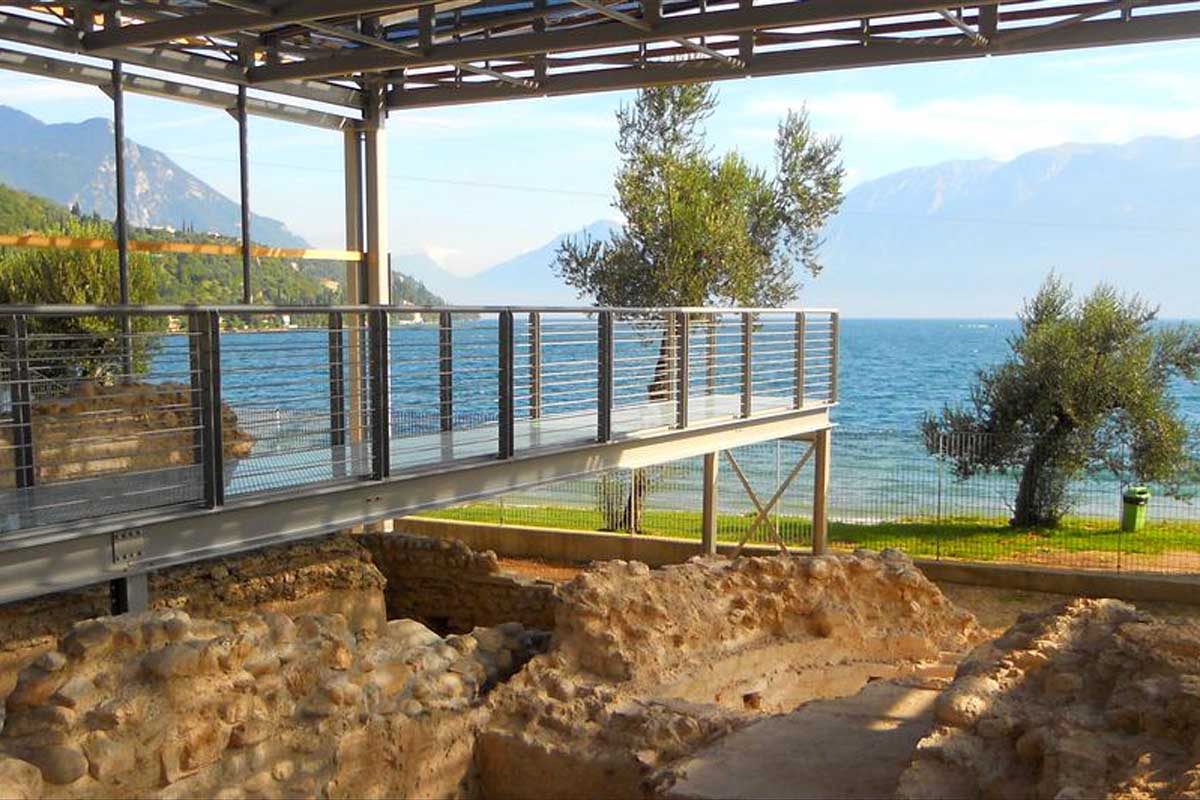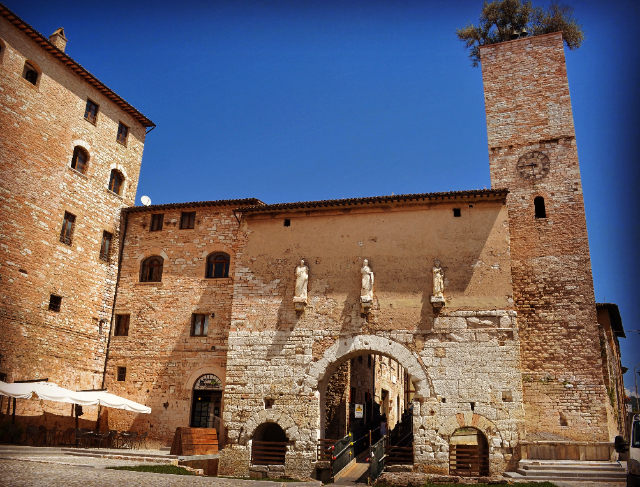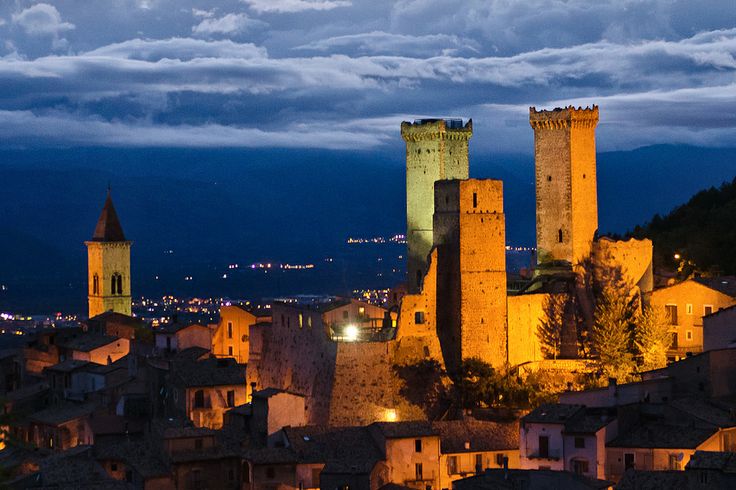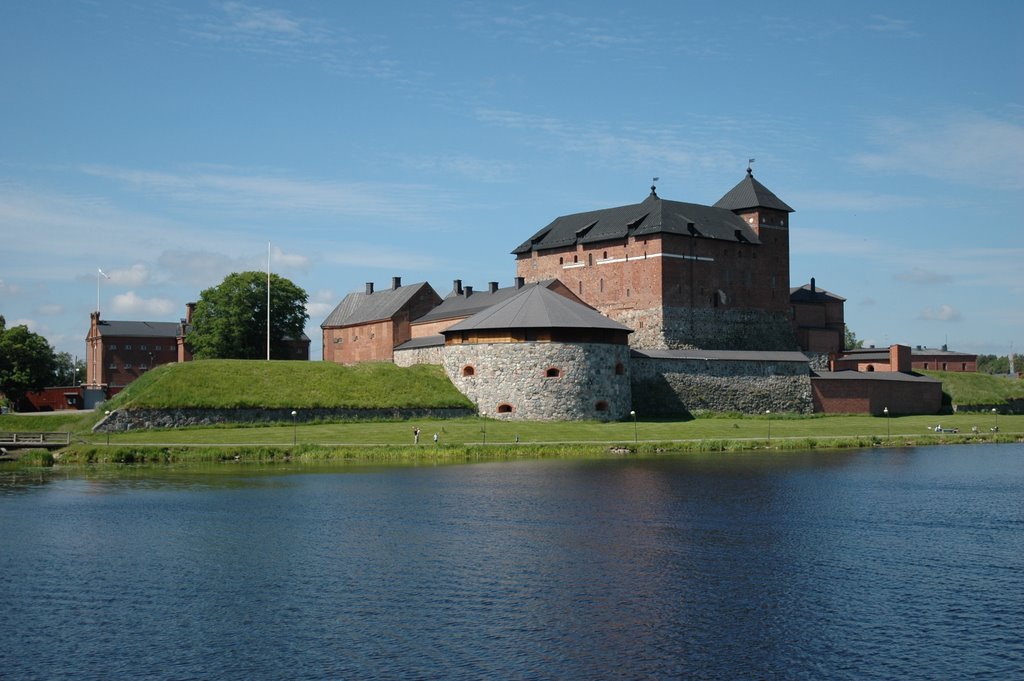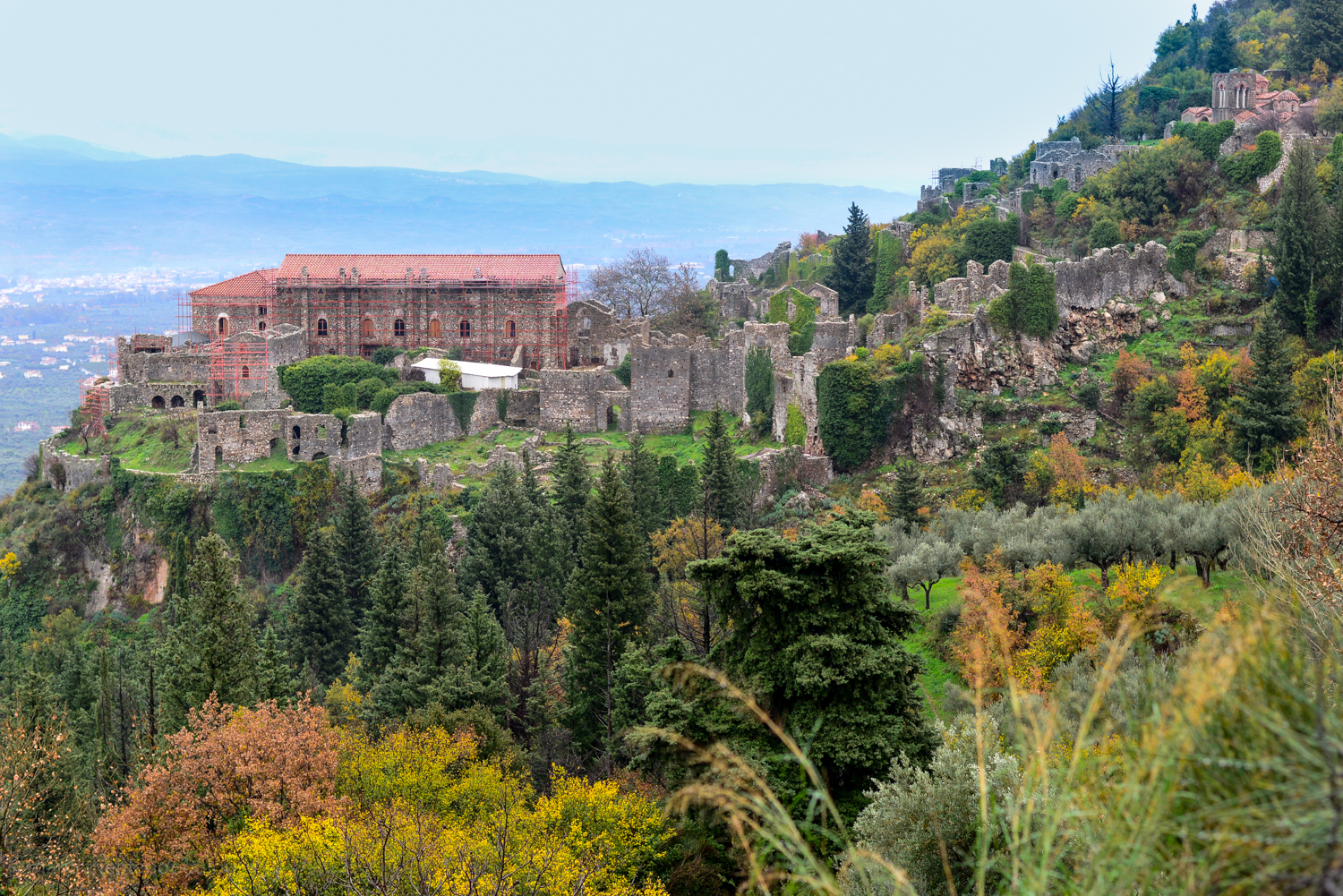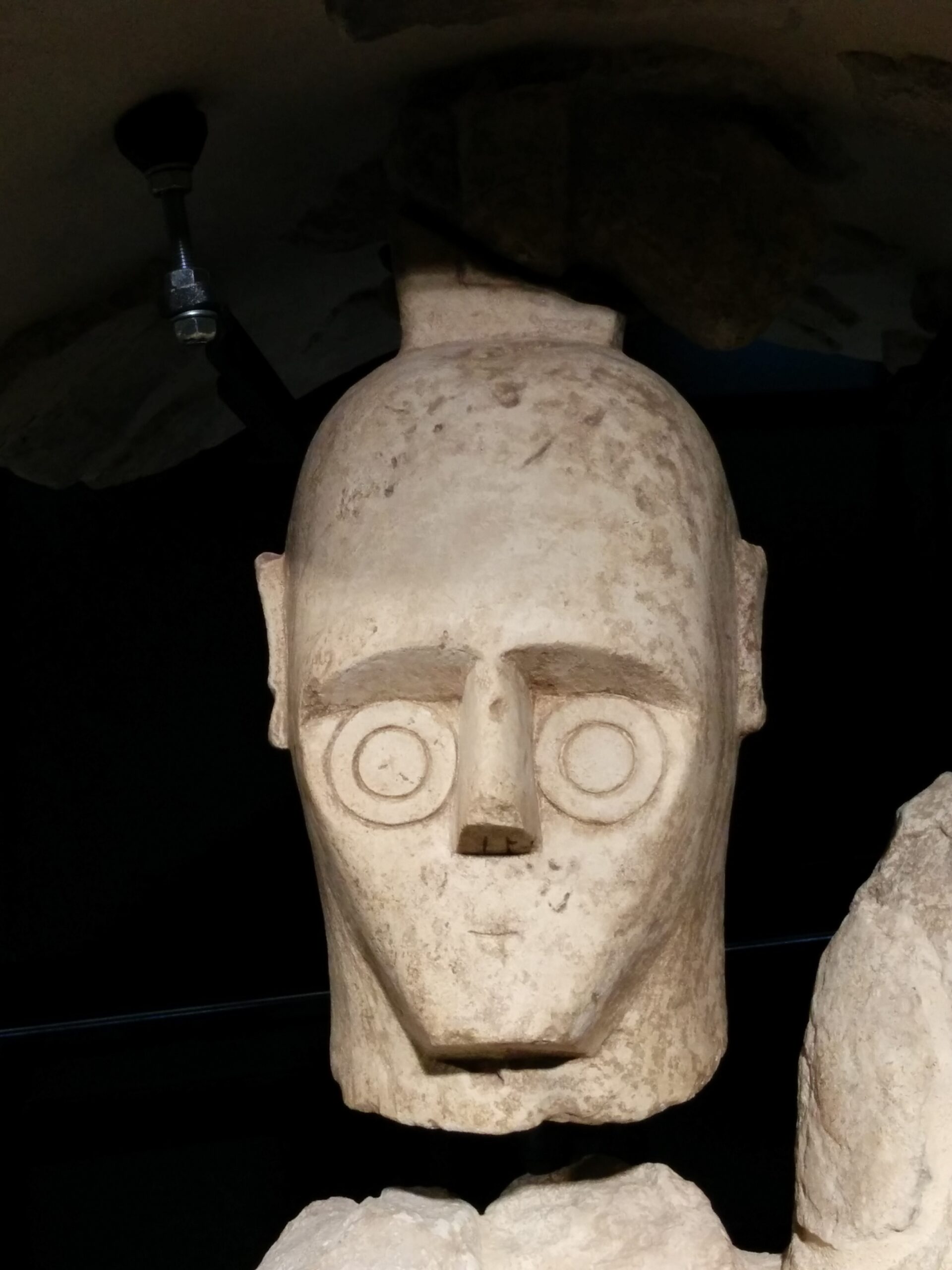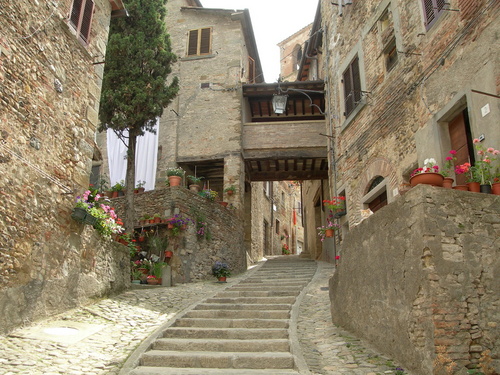Located a few meters before the entrance to the Toscolano Paper Mill, the Roman villa of the Nonii Arrii is one of the most important residential buildings present in Roman times on the shores of Lake Garda. The complex extended a short distance from the lake shore, towards which it overlooked with its main facade. The general layout, size, architectural and decorative features fit into the group of existing lake villas on the shores of Benacus, whose best known examples are the villas of Sirmione, ("Caves of Catullus") and Desenzano del Garda. The first archaeological finds in the area date back to the fifteenth and sixteenth century, at the end of the nineteenth century were made extensive excavations, then reinterpreted. The richest part of the findings extended "below the parish church (now the parish church), near the lake shore, where there are the Sunday house, the farmhouse, the brolo, the gardens and fields of Prebenda". From here "columns and statues of marble, literate tombstones, vast mosaics, lead pipes, embrices, terracotta tiles, medals, coins, capitals and worked cornices, plaster painted in the most vivid and brilliant colours, a great variety of marbles…" The villa probably belonged to the Nonii, one of the most important and influential families of Brescia, who had economic interests and vast properties in the lake area and in the nearby hills and mountains. Thanks to an inscription probably coming from the area of the villa, it has been attributed to Marcus Nonius Macrino, consul in 154, proconsul of Asia in 170-171, legatus and as of Emperor Marcus Aurelius. This is therefore, among the villas on Lake Garda, the only case in which it was possible to identify the owner with little doubt, at least in the second century A.D., although the building may have remained the property of the rich and powerful Brescian family even afterwards. Although only partially excavated, the villa is already legible in its general layout. Arranged parallel to the coastline, it must have had a monumental appearance, with a frontal loggia facing the lake and with foreparts on the north and south sides. Built in the first century A.D., it underwent interventions and transformations in the following centuries until the beginning of the V century A.D., with a phase of great importance dating back to the first half of the II century A.D. The sector that can be visited is the southern one, called sector A, which was part of one of the two lateral foreparts of the complex. Here several rooms open up, some of them with mosaic floors and perimeter walls preserved up to more than one metre high, with substantial remains of the pictorial wall decoration. It was accessed by a long corridor decorated with wall paintings of a certain value, still preserved for large stretches, with black plinth and median part with a white background, with panels divided by thin and delicate vertical plant elements.
